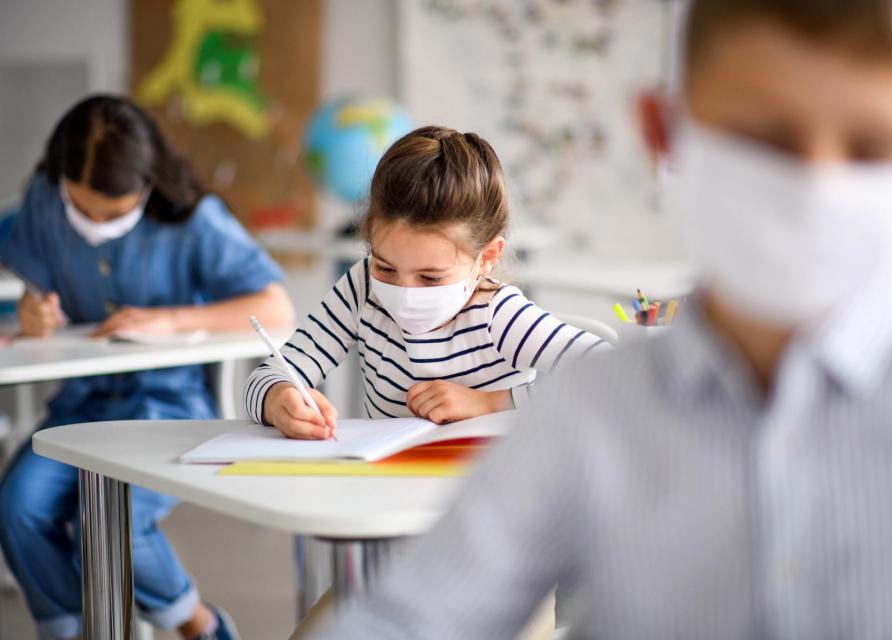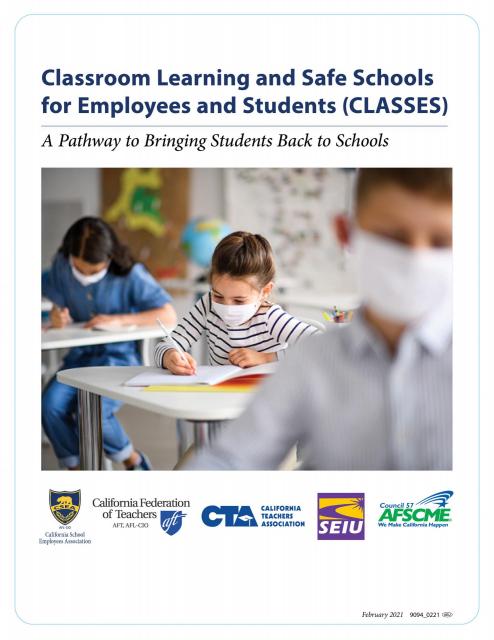California teachers and classified employees want nothing more than to be back in our physical classrooms and school sites and know first-hand there is no equal substitute to regular, in-person learning.
California’s schools are the heart of their communities. For many of our most vulnerable and underserved populations, they are lifelines. The educational, social and emotional needs of California’s students, particularly those who often lack the technological and additional education support to sustain distance learning, are of paramount concern.
The last year has brought unprecedented challenges to California’s students, families, and our educational and economic systems. School employees have made extraordinary contributions to our students and our communities: classified employees have continued to serve on the frontlines, distributing millions of meals to needy families, conducting contact tracing, reconfiguring school ventilation systems, and providing childcare to essential workers; and teachers have adapted and overhauled curriculum for distance learning and have worked tirelessly with students and families to ensure continued engagement and education. Our collective work has been essential to the education, health and safety of millions of Californians.
As COVID-19 continues to mutate and threaten our communities with new variants that are more contagious and possibly more lethal, we remain committed to finding a path to safely return to in-person instruction. This path must be safe for the entire school community: students, staff, and school families. As CDC researchers concluded, the path back to in-person instruction requires an accompanying commitment to reducing community transmission of the virus. Safe conditions extend beyond the walls of our school sites.
The Legislature and governor should consider the following:
- Preventing transmission in school settings will require addressing and reducing levels of transmission in the surrounding communities through policies to interrupt transmission.
- Multi-layered mitigation measures in schools must require:
- universal face mask use,
- increasing physical distance by de-densifying classrooms and common areas,
- using hybrid attendance models when needed to limit the total number of contacts and prevent crowding,
- increasing room air ventilation, and
- provide and expand screening testing to rapidly identify and isolate asymptomatic infected individuals.
- Staff and students should continue to have options for online education, particularly those at increased risk of severe illness or death if infected with COVID-19.
California’s decisions made today will determine community COVID-19 conditions, health equity, and the safe operation of schools to provide in-person instruction and services to students and families. The path toward reopening schools for in-person instruction will involve substantial implementation, but together we can get students back to school campuses.


